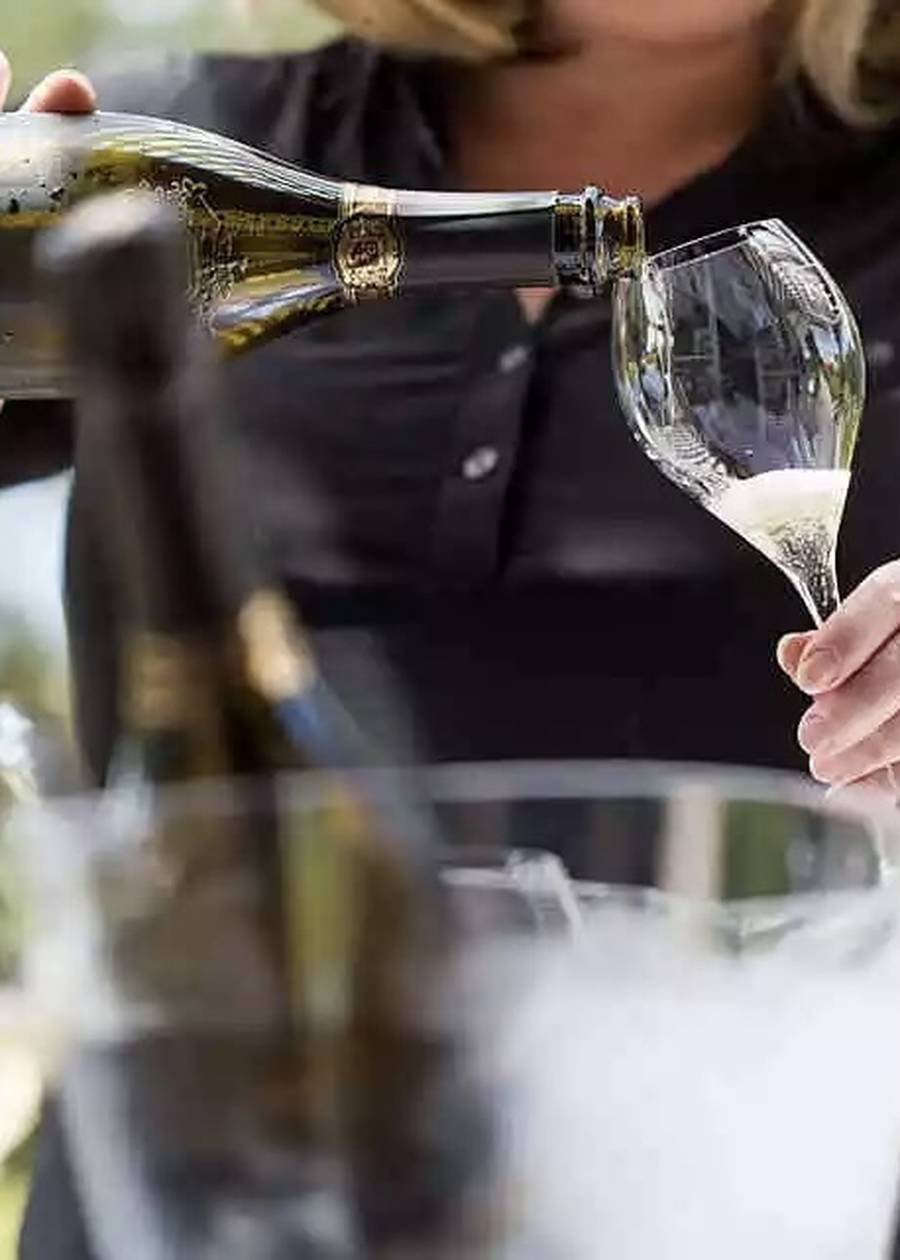The Winery
Louis Roederer are one of the most famous names in Champagne, a historic winery who make highly sought after wines, including the iconic Cristal. Their Californian outpost originated in 1982 with the purchase of the estate. After planting vines in 1984, they built a winery and finally released their inaugural wines in 1988. The estate has become a beacon for quality Traditional Method sparkling wine in California, the wines considered every bit the equal of their French cousins, and it’s no surprise - they’re made with the same care, technique and attention to detail too.
What is Traditional Method?
Traditional Method is the technique used to make the world’s greatest sparkling wines. Actually invented in Limoux in the South West of France, but made famous by winemakers in Champagne, especially Dom Perignon, and still used religiously there, it’s an intensive process with lots of stages:
- First fermentation. A selection of normal wines are made in the normal manner. For good sparkling wine these will often be highly acidic, almost undrinkably so.
- Assemblage. The various wines, plus sometimes wines held back from previous years, known as ‘reserve wines’ will be blended together to create a final blend.
Note, the job of blending is a real skill, as in a lot of cases the goal is to make a wine that tastes exactly the same as the one you made last year, inspite of potentially differing vintage conditions.
- Secondary fermentation. The blend is bottled alongside a mixture of yeast and sugar, known as the liqueur de tirage, and the bottles are sealed with a crown cap (like a beer bottle). The yeast turns the sugar to alcohol and a by-product of this is carbon dioxide, which, because sealed in a bottle, has nowhere to go, so it gets absorbed into the wine (this is where the bubbles come from).
- Ageing on lees. Another by-product is dead yeast cells which float about in the wine. Normally these are left in the bottle for at least a year, but sometimes for up to 10 years. They provide the wine with those pastry, biscuity flavours.
- Riddling. The bottles have to be moved, slowly over time, so the yeast ends up in the neck of the bottle for removal. The art of riddling is time consuming and expensive, whether done by hand, or machine.
- Disgorging. The bottles, now upside down with yeast in the neck are dipped in a frozen brine solution, which freezes a pellet of wine containing yeast at the top of the bottle. The crown cap is removed and the pellet flies out alongside a minimal amount of wine.
- Dosage. Very quickly, the bottle is topped up with a sugar and grape juice solution known as the liqueur d’expedition, which determines the sweetness level in the wine, and the cork is inserted.
This is as you can imagine quite the process and is one that’s only worthwhile for the most premium of wines.
This wine
A Champagne-esque wine for sure and a classic blend of Pinot Noir and Chardonnay, with 2 years ageing on lees, and blended with reserve wines - it certainly doesn't cut any corners, and the result is a fizz with great panache - the bubbles foam, the fruit is pristine and energetic, the nutty, biscuity character there in spades. If you love Champagne you will certainly love this as it captures both the house style of Roederer while expressing the Anderson Valley terroir on which it’s grown.









